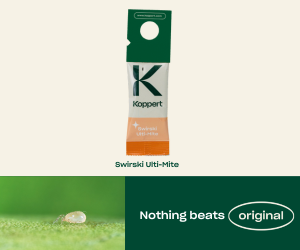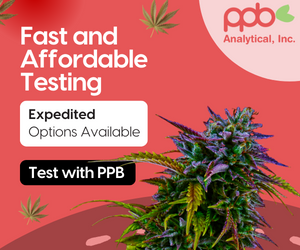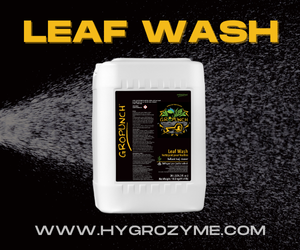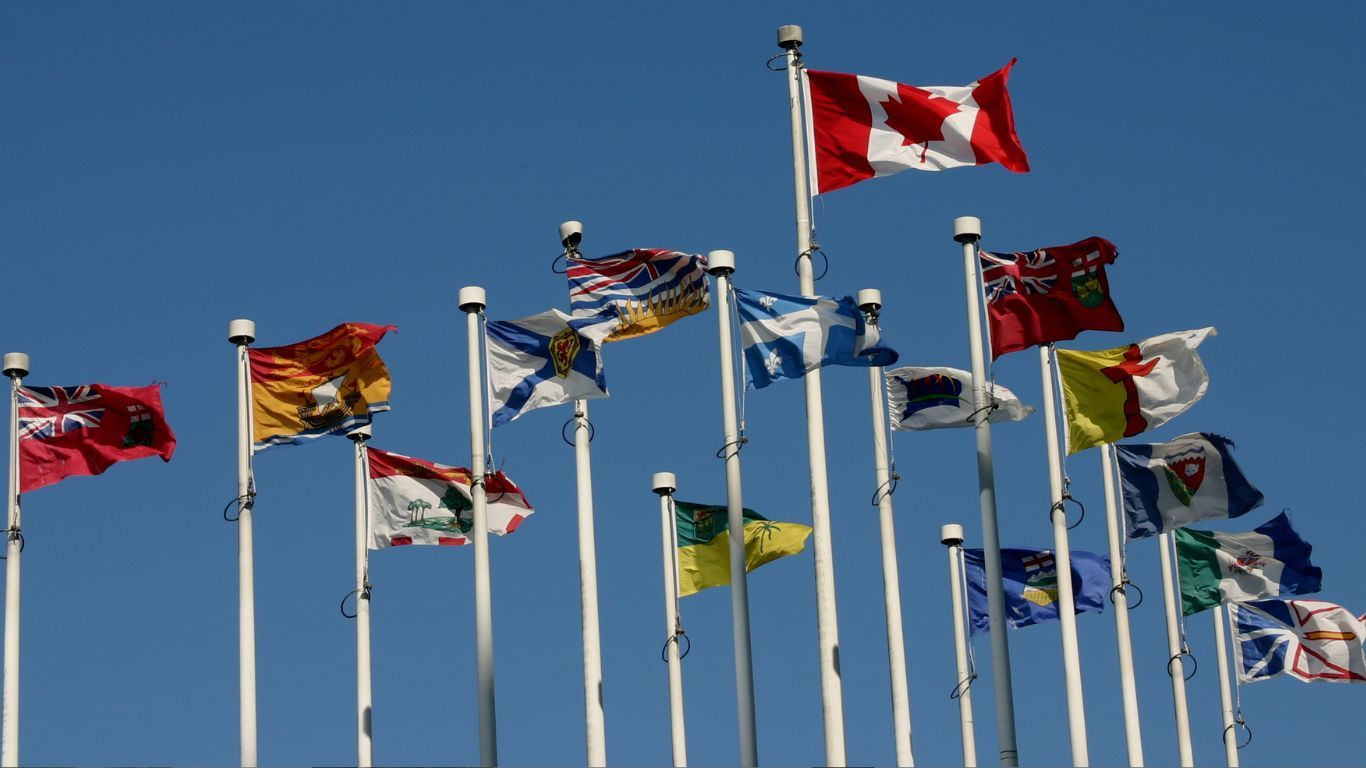
After Canada legalized cannabis, Health Canada rolled out packaging regulations with strict requirements for logos, colours, and branding. The industry has complied, and some think that Canada’s regulations could become a role model for other jurisdictions.
However, the regimen is by no means perfect.
“Current labelling requirements should evolve, and allow for improved consumer communication and advantage the legal market,” says Annaliese Kibler, Director, Regulatory Affairs at Aurora Cannabis. “The current restrictions are prohibitive, and don’t support consumer education.”
Amounting to over 10,000 words, including instructional images, the Health Canada regulations leave little – if any – room to address Kibler’s concerns. Instead, the regulations reflect the government’s overriding worry that cannabis products not be marketed to children.
Understandably, this is an area where third-party packers are stepping up to address the market.
“We offer certified child-resistant packaging ranging from more traditional to newer unique mechanisms, which have allowed designs to lead to many innovative packaging solutions,” says Hilary Lieberman, Executive Director of Cannasupplies. “Many of our new packaging formats are designed in direct response to some of the packaging challenges specific to the Canadian cannabis market.”
Clearly, Canadian companies are finding a way to work within the regulations. But how serious is the threat to children? Dried flower, if eaten, is not psychoactive unless it is first decarboxylated. Reports of intoxication of children are rare, with the real threat appearing to be with edibles, mostly in the unregulated market. For example, media reports from Canada, the United States and the United Kingdom, have focussed exclusively on children consuming gummies and cookies.
The greening of cannabis packaging
In its effort to regulate cannabis packaging so that product containers don’t appeal to children, and are safe, Health Canada has embraced a regimen that severely limits what brands can do. Given the constraints, it’s perhaps not surprising that brands have been slow to embrace environmentally conscious processes, an area where cannabis packaging has received a fair amount of criticism.
“I would agree that cannabis is over-packaged, but that is also true for most consumer goods,” says Rex Ressel, General Manager at Dispensary Supply Canada. “The packaging industry, in general, should move toward the use of more sustainable materials and production processes, but this isn’t a simple task in a petroleum-based world economy.”
Ressel points out that Health Canada could create more incentives for companies to use more sustainable business practices, processes and resources. Consumers can also have some influence by purchasing products from brands that implement sustainable practices.
“As the demand for sustainable packaging increases, hopefully, costs will come down to make it a more viable option for all industries,” he says.
For its part, Health Canada says that it “recognizes that plastic pollution is a growing problem in Canada and around the world.” In order to help reduce the amount of plastic waste, Health Canada permits wrappers and peel back-type labels, and allows for some flexibility for packaging materials other than plastics, such as cardboard.
“Environmentally-minded packaging is where we see a lot of opportunity for innovation in cannabis packaging,” says Lieberman from Cannasupplies. “Where possible, our goal is to produce and source products made of sustainably conscious materials.”
The big LPs are trying to address concerns with regard to more environmentally friendly packaging, with some, like Aurora Cannabis, having active programs to review all consumer packaging for sustainability opportunities.
“We are partnered with the Cannabis Council of Canada on industry scale recycling and circular economy solutions,” says Kibler from Aurora. “We are also working with our Provincial partners like the SQDC on their eco-responsible container and packaging goals.”
Branding through the regulatory maze
One challenge facing LPs is that the Health Canada regulations mitigate against heavy branding – whether in an environmentally friendly container or not. Containers must not only be child-resistant. The regulations also stipulate that the goal is plain packaging that reduces “the attractiveness and appeal of cannabis products, particularly to young persons.”
Which is to say, cannabis is not like alcohol, where brands are free to create striking packaging that highlights their unique brand identity.
“The one thing I would change is the amount of space allotted to a brand’s logo,” says Ressel. “It’s very hard for a cannabis brand to stick out on a dispensary store shelf when the logo is barely discernible. Hopefully, in the future, Health Canada will increase the amount of space for a logo and allow for more customized packaging design options.”
As it stands, a cannabis package in Canada is not allowed to use fluorescent or metallic colours. Images are not allowed, and neither are any raised features or embossing. Type must be black, with a font size of at least six points on a white background, with this text being smaller than the type used on the health warning. As well, the colour of a container must allow for a contrast with the yellow of the health warning message and the red of the standardized cannabis symbol.
These requirements – among others – explain the popularity of third-party packagers. A large company like Aurora can afford to have its own in-house design team, but other LPs would rather defer to a third-party expert.
“We have recently focused more of our attention on a growing number of clients who are requesting compliant packaging,” says Ressel. “Choosing the wrong packaging or not abiding by the strict design guidelines, outlined by Health Canada, may end up costing an inexperienced newcomer valuable start-up capital.”
The current packaging regimen is adequate for maintaining the quality of the product, given that it involves food-grade packaging with tamper-evident seals. For the most part, consumers can be confident the product is free from contamination. However, whether an LP chooses to go it alone, or to contract its design and packaging to a third party, it’s clear Health Canada – which claims it is open to suggestions – could do more to improve its regulations.
“The most challenging requirements relate to the Health Canada warning labels,” says Ressel from Dispensary Supply Canada. “Specifically, the variable nature of cannabis packaging labels. We understand the need for warning users of the possible side effects of cannabis use. And also, for providing variable data such as the product’s cannabinoid profile and potency rating. But these requirements, in the end, prove to be very costly to individuals or companies wanting to compete in Canada’s burgeoning cannabis market.”



































